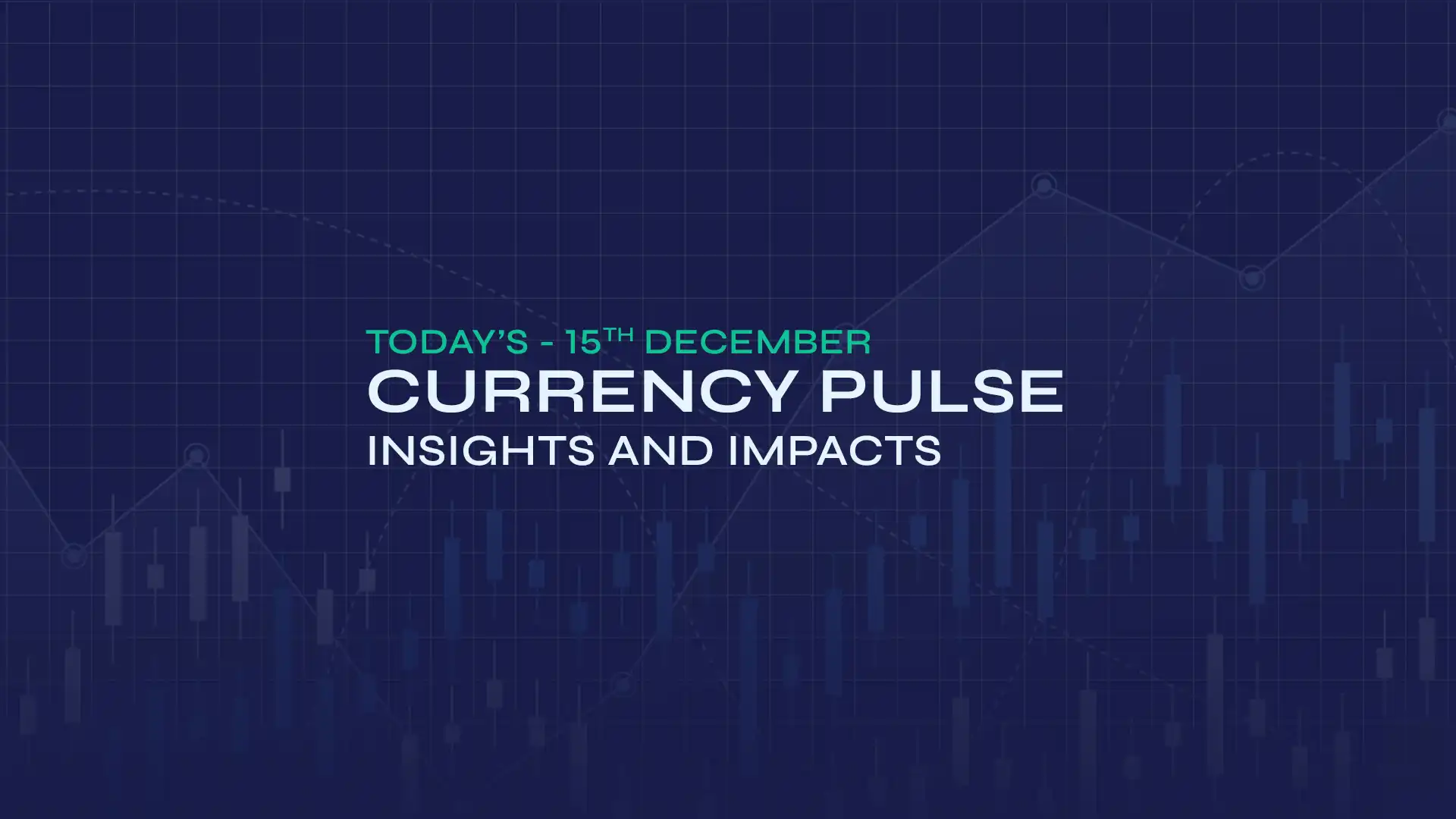GBP/USD traded near 1.3463, as increasing expectations of interest rate cuts by the Federal Reserve dampened market sentiment around the USD. Fed members are increasingly advocating for easing monetary policy restrictions as labour market conditions cool down. Over the weekend, Fed Governor Michelle Bowman, speaking at the Kansas Bankers Association, expressed confidence in the possibility of three interest rate cuts this year, citing the soft Nonfarm Payrolls (NFP) report for July. "With economic growth slowing this year and signs of a less dynamic labour market becoming clear, I see it as appropriate to begin gradually moving our moderately restrictive policy stance toward a neutral setting," Bowman stated. President Donald Trump has nominated Stephen Miran, Chair of the Council of Economic Advisers, to succeed Adriana Kugler on the Federal Reserve Board of Governors. Additionally, traders are watching Trump's plans to replace Fed Chair Powell. Reports suggest Fed Governor Christopher Waller is a leading contender to lead the central bank. On Saturday, Bowman mentioned that three rate cuts might be suitable this year, arguing that a weakening labour market could outweigh inflation risks. St. Louis Fed President Alberto Musalem, on Friday, noted that US economic activity remains steady but warned of potential risks, emphasising that the Fed might fall short on inflation and employment goals, particularly regarding jobs. Musalem stressed that the Fed is carefully balancing risks and that preserving data integrity is vital for the economy.
On the Sterling front, market speculation about supporting further interest rate cuts by the Bank of England (BoE) contributed to the strengthening of the pound. On Thursday, the United Kingdom (UK) reduced interest rates by 25 basis points (bps) to 4% and indicated a "gradual and careful" monetary easing path. BoE Chief Economist Huw Pill said on Friday he doubts that the central bank can continue lowering interest rates at the current pace amid rising consumer inflation expectations. Pill stated that the Monetary Policy Committee (MPC) is focused on inflation projections over the two to three-year horizon. "There's still a little bit further downward to go with the Bank Rate. I think the pace at which those downward moves may continue is less clear than the pace we've seen over the past year," Pill said in an online presentation to businesses participating in BoE surveys. Investors will scrutinise the UK employment data for clues about whether firms remain hesitant to create jobs due to increased contributions to social security schemes. Markets expect the ILO Unemployment Rate to have stayed steady at 4.7%. Average Earnings (excluding and including bonuses) are forecast to have grown modestly by 4.7% year-on-year, down slightly from the previous reading of 5.0%.
Upcoming preliminary UK Q2 GDP print and the US Producer Price Index (PPI), along with speeches from influential FOMC members, will influence the GBP/USD pair in upcoming sessions.
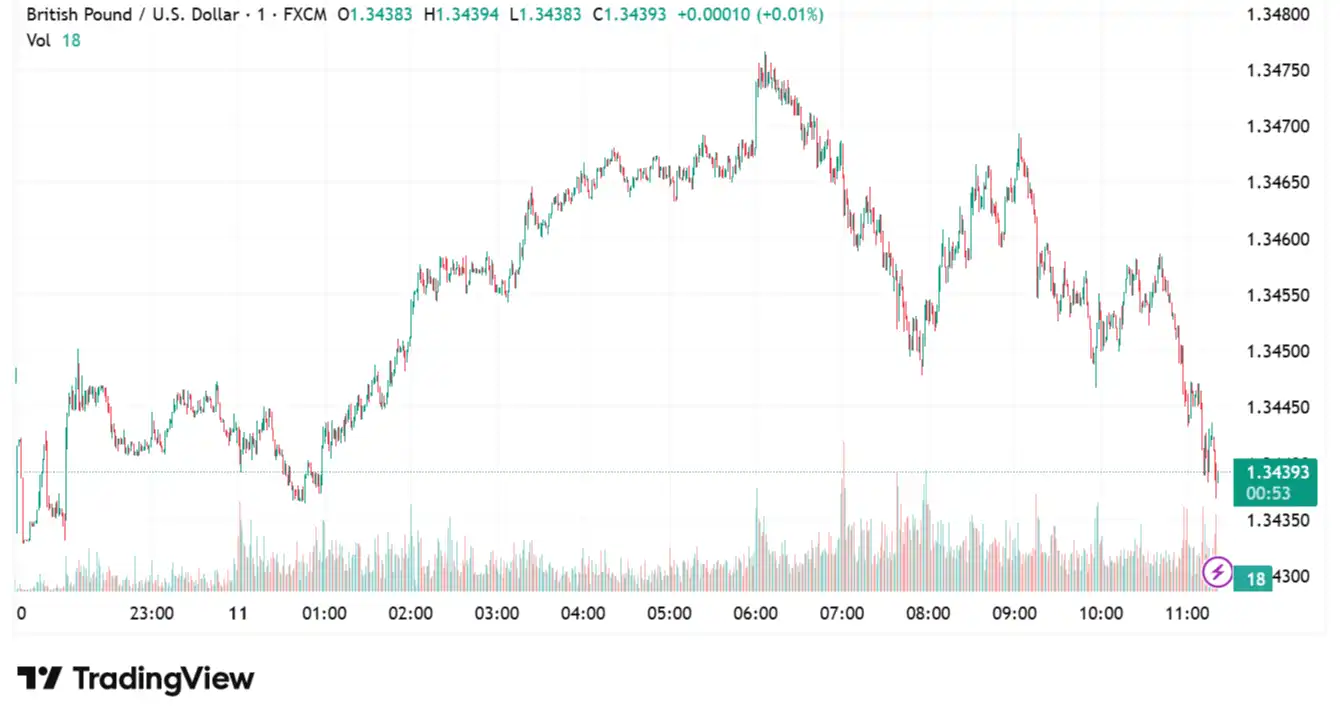
AUD/JPY Sinks Due to RBA Rate Cut Expectations
AUD/JPY declined to nearly 96.18 amid market caution ahead of the Reserve Bank of Australia's interest rate decision due on Tuesday. Traders are expecting the Reserve Bank of Australia (RBA) to cut interest rates by 25 basis points (bps), reducing its Official Cash Rate (OCR) from 3.85% at its August meeting to 3.6%. The RBA is widely expected to lower rates as core inflation eased to 2.7% in June, comfortably within the 2–3% target, alongside rising unemployment and slowing wage growth. However, the Australian central bank adopted a cautious approach in July, citing a more balanced view of inflation risks and ongoing strength in the labour market. Governor Michele Bullock stated following the July decision that the central bank would no longer provide forward guidance, emphasising that decisions are solely at the discretion of the board and cannot be predicted before meetings. Data released by the National Bureau of Statistics of China on Saturday showed that China's Consumer Price Index (CPI) remained unchanged at an annual rate in July after increasing by 0.1% in June. The figure exceeded the market consensus of -0.1%. Meanwhile, the Producer Price Index (PPI) fell by 3.6% year-on-year in July, matching the decline seen in May. The data was lower than the market consensus of -3.3%. These reports indicate the effects of sluggish domestic demand and ongoing trade uncertainty on consumer confidence, weighing on the Australia-related Aussie, as China is a major trading partner of Australia.
On the other hand, uncertainty surrounding the timing of the next interest rate hike by the Bank of Japan (BoJ) has strengthened the yen. The central bank indicated the possibility of further policy normalisation at the end of July. The BoJ Minutes from that meeting revealed that board members still believe additional interest rate hikes are appropriate, despite increased uncertainty caused by tariffs. However, the BoJ's Summary of Opinions shows that policymakers remain unsure about the negative effects higher US tariffs could have on the domestic economy, which tempers expectations for an immediate rate increase. Investors remain cautious ahead of the upcoming US tariff deadline on China, set for Tuesday. Meanwhile, US President Donald Trump and Russian President Vladimir Putin will meet in Alaska on Friday to discuss Ukraine, likely dampening market optimism and prompting traders to avoid risky bets. Any developments in trade negotiations could weaken the safe-haven yen.
Broader market sentiment around the interest rate decision by the Reserve Bank of Australia will drive the AUD/JPY exchange rate.
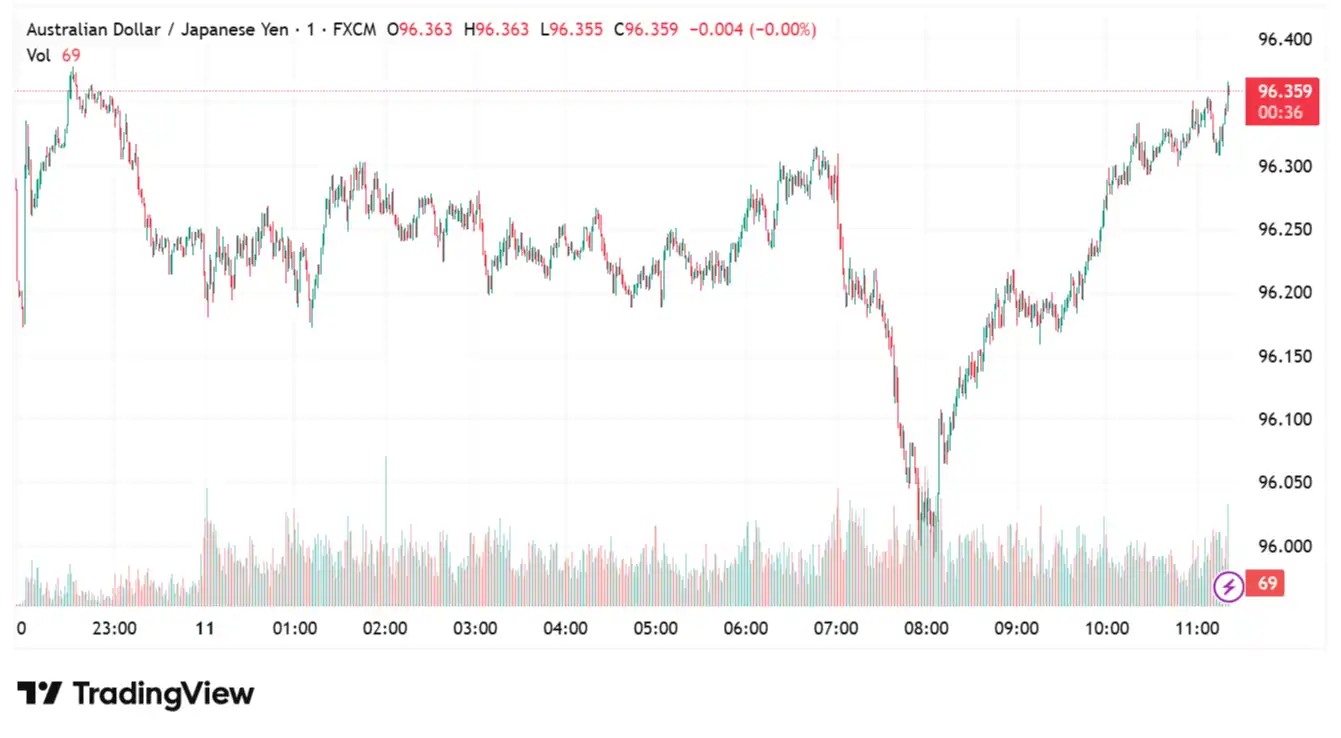
USD/CAD Buoyed by Canadian Jobs Data
USD/CAD edged higher near 1.3770, as recent Canadian unemployment data is likely to influence the Bank of Canada's (BoC) wait-and-see stance on interest rates. Statistics Canada reported that in July, the economy lost 40,800 jobs, a sharp reversal from the previous month's strong gain of 83,100 and falling short of market expectations of a 13,500 increase. The decline was accompanied by a slight decrease in the participation rate, which dropped to 65.2% from 65.4%, suggesting fewer Canadians were actively participating in the labour force. Despite the employment decline, the unemployment rate stayed steady at 6.9%, marginally better than the expected rise to 7.0%. On the wage front, average hourly wages rose by 3.5% year-on-year, up from 3.2% in June. This wage growth indicates that, although job creation may be slowing, wage pressures are still present, complicating the Bank of Canada's policy decision as it navigates weakening labour demand against ongoing inflation concerns. The Bank of Canada's latest monetary policy statement confirms that the US economy demonstrates some resilience despite uncertain trade relations with the US, and that employment growth has remained steady even though sectors affected by trade have experienced some weakening. Meanwhile, crude oil prices remain near a two-month low amid concerns that higher US tariffs could hinder the global economy and reduce fuel demand. This, together with ongoing trade-related uncertainties, appears to weaken the commodity-linked Loonie. In fact, US President Donald Trump last week increased the tariff rate on Canada from 25% to 35%. Adding to this, dovish expectations from the Bank of Canada (BoC) should limit the Canadian dollar (CAD). The BoC last week indicated the potential for further policy easing, with investors now anticipating a possible rate cut next month.
On the dollar front, softer US economic data, which led traders to consider possible further interest rate cuts, weakens market sentiment towards the USD. US President Donald Trump has nominated Stephen Miran, Chair of the Council of Economic Advisers, to replace Adriana Kugler on the Federal Reserve Board of Governors. Traders will also watch Trump's plans to replace Fed Chair Powell. Fed Governor Christopher Waller is emerging as a leading candidate to lead the central bank, according to reports. On Saturday, Fed Governor Michelle Bowman indicated that three interest rate cuts may be appropriate this year, adding that a weakening labour market outweighs the risks of rising inflation. St. Louis Fed President Alberto Musalem stated on Friday that US economic activity remains steady but warned of potential risks, noting the Fed might fall short on both inflation and employment goals, especially regarding jobs. Musalem highlighted that the Fed is carefully balancing risks and that maintaining data integrity is crucial for the economy.
Investors will monitor the US Consumer Price Index (CPI) release and oil price movements for new insights on the USD/CAD exchange rate.
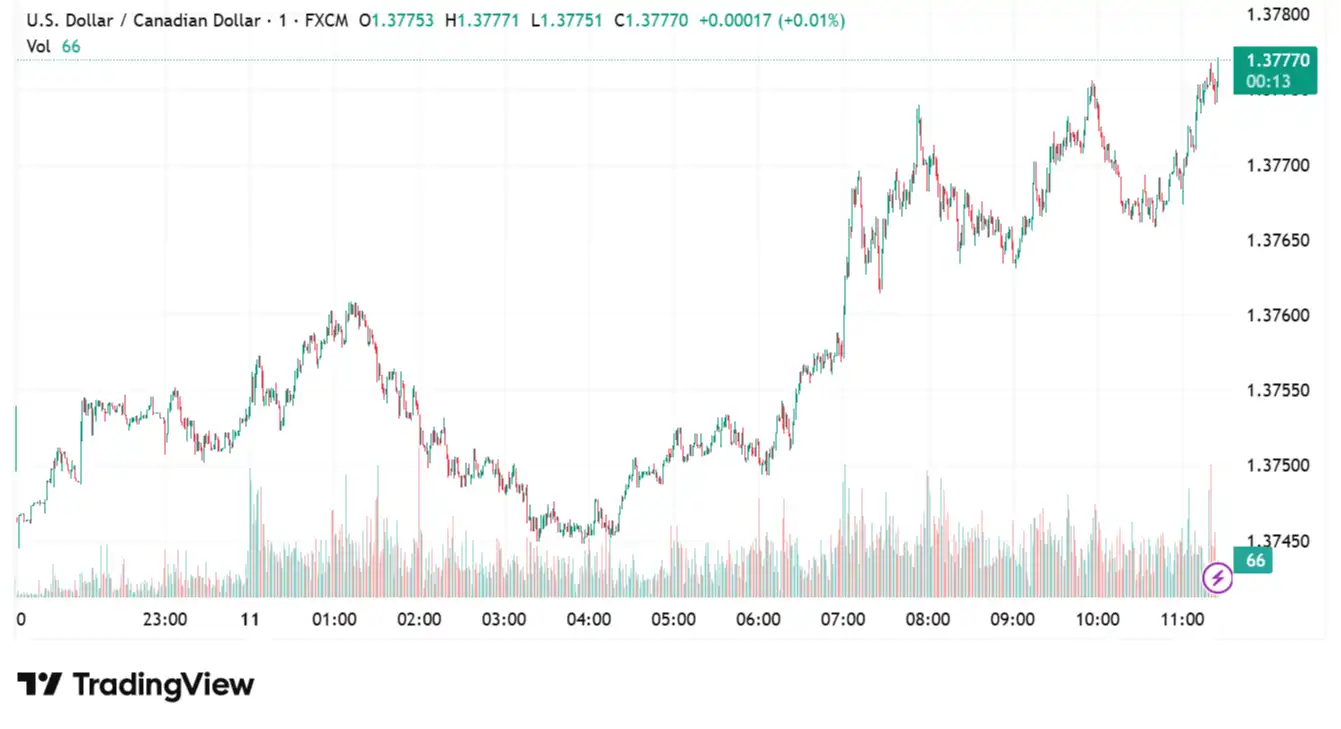
EUR/USD Wavers Due to Cautious Tone Surrounding ECB Outlook
EUR/USD traded near 1.1655 as the greenback was influenced by US Consumer Price Index (CPI) figures and the ongoing trade negotiations between the United States and China, capturing traders' attention. Hopes for a peace deal in Ukraine, ahead of a meeting between US President Donald Trump and Russian President Vladimir Putin, bolster support for the common currency as European leaders press to include Ukrainian President Volodymyr Zelensky in the talks. Trump and Putin have agreed to meet in Alaska on Friday to discuss potential steps to end the war in Ukraine. Concerns grew after Trump set an 8 August deadline for Putin to agree to an immediate ceasefire or face tougher US sanctions. When the deadline passed, Trump announced that he and Putin would meet in person on Friday. Optimism about a possible US-Russia meeting might provide some short-term support for the shared currency. Meanwhile, US and Chinese representatives continue negotiations to avoid hefty reciprocal tariffs, with the 12 August deadline looming. The main issue appears to be US controls on AI chips, but the market is pricing in a deal that could extend the trade truce. Additionally, economists have pushed back expectations for another reduction in borrowing costs from the European Central Bank (ECB) by three months, impacting the shared currency. On the data front, Italy's final Consumer Price Index data will likely show a 1% decrease in prices for July and a slight slowdown in the annual CPI to 1.7% from 1.8% in June. Additionally, Italian trade balance reports are projected to reveal an increase in the June global trade surplus to EUR 7.12 billion, up from EUR 6.16 billion in May. Despite these figures, they are expected to have minimal influence on the euro.
Last week's US Nonfarm Payroll figures, along with worse-than-expected employment data, increased the likelihood that the Federal Reserve (Fed) will resume its easing cycle, impacting the USD. Thursday's US Jobless Claims rose by 226K, surpassing estimates, while the previous week's data indicated a softening labour market. However, what raised alarms was the Continuing Claims for the week ending 26 July, which increased by 1.97 million—its highest level since November 2021. These figures, combined with recent US inflation data, suggest a potential stagflation scenario that could be confirmed by next week's Consumer Price Index (CPI) report. Fed's Musalem stated that, with tariffs and job growth effects, "there are risks on both sides of our mandate. When that happens, a balanced approach is necessary, considering the likelihood and potential duration of missing each side of the mandate." Investors are expected to stay cautious ahead of Tuesday's US consumer inflation report. July's US prices are projected to rise to a 2.8% year-on-year rate, up from 2.7% in June and 2.4% in May. Similarly, the core CPI is forecast to return to a 3% annual inflation rate from 2.9% in the previous month. The US dollar faces upside risk, as higher-than-expected CPI figures could heighten worries over tariffs' effects and diminish expectations of a Federal Reserve rate cut in September.
US Consumer Price Index (CPI) figures and US-China trade negotiations will influence the EUR/USD exchange rate.
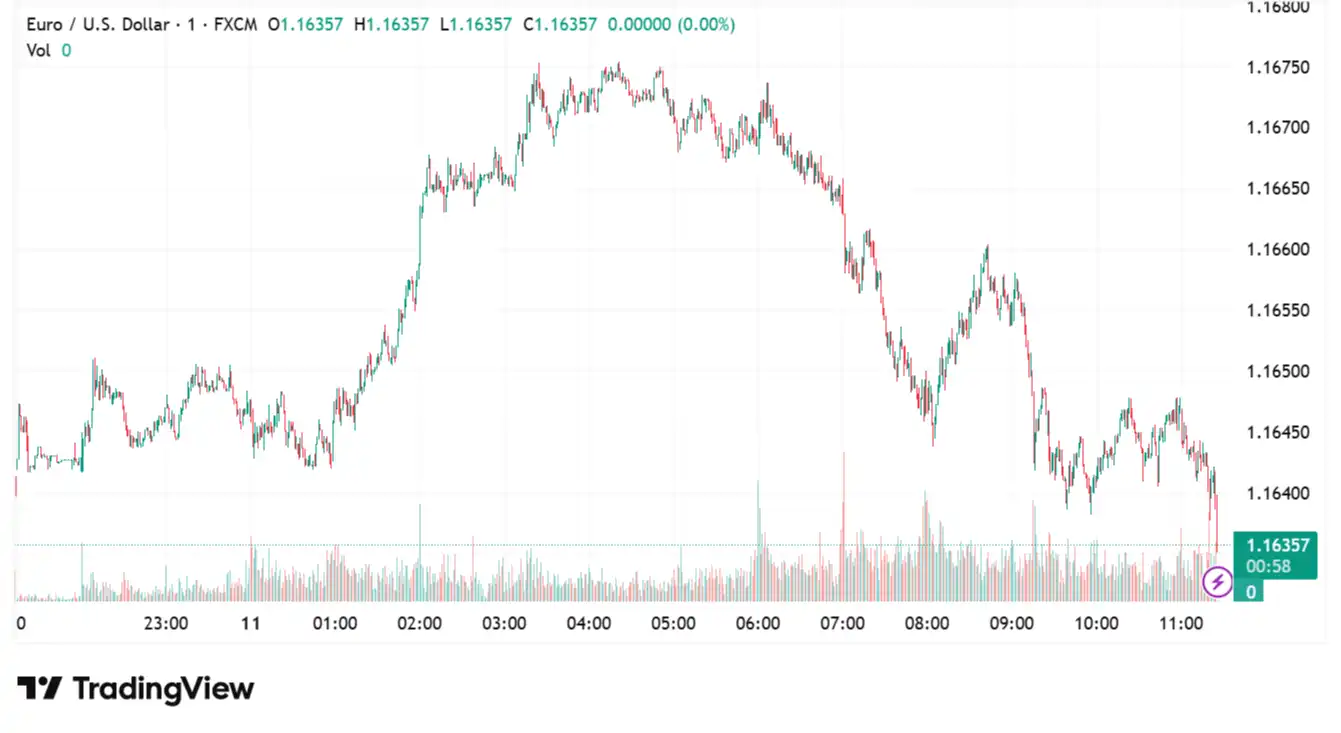
Stay Ahead in the Currency Game
Whether you're a daily FX trader or handle international transactions regularly, our 'Currency Pulse' newsletter delivers the news you need to make more informed decisions. Receive concise updates and in-depth insights directly in your LinkedIn feed.
Subscribe to 'Currency Pulse' now and never miss a beat in the currency markets!
Ready to act on today’s insights? Get a free quote or give us a call on: +44 (0)20 7740 0000 to connect with a dedicated portfolio manager for tailored support.
Important Disclaimer: This blog is for informational purposes only and should not be considered financial advice. Currency Solutions does not take into account the investment objectives, financial situation, or specific needs of any individual readers. We do not endorse or recommend any specific financial strategies, products, or services mentioned in this content. All information is provided “as is” without any representations or warranties, express or implied, regarding its accuracy, completeness, or timeliness.




